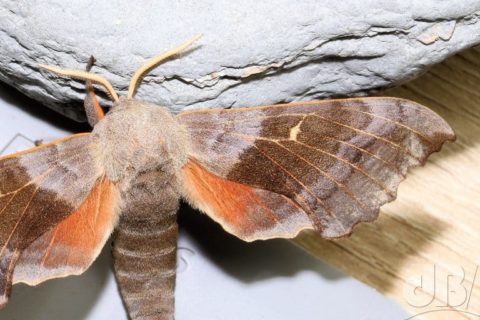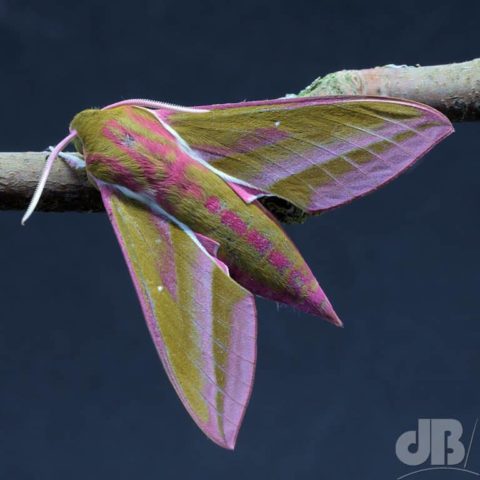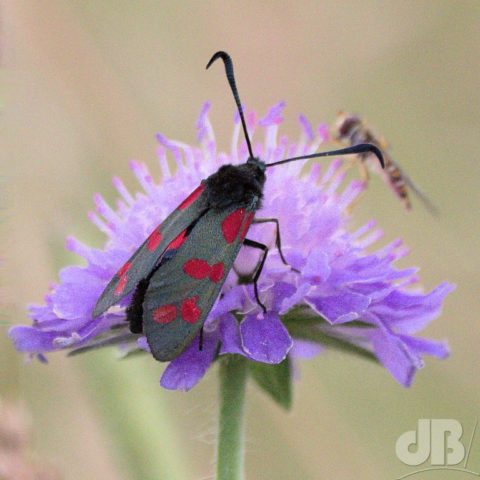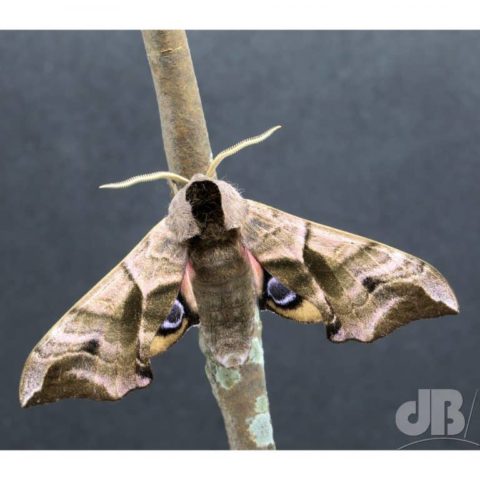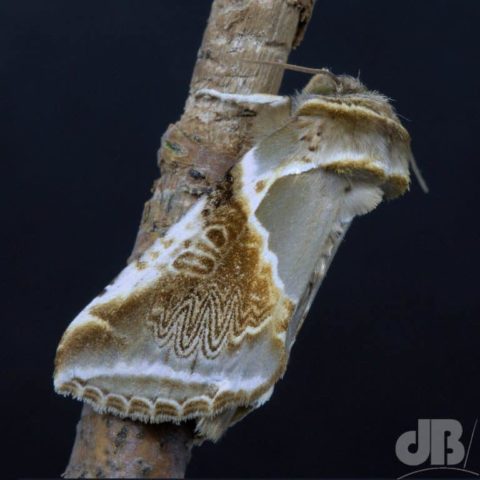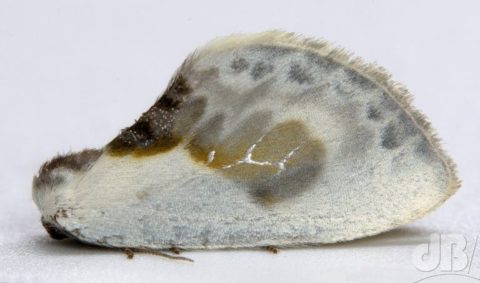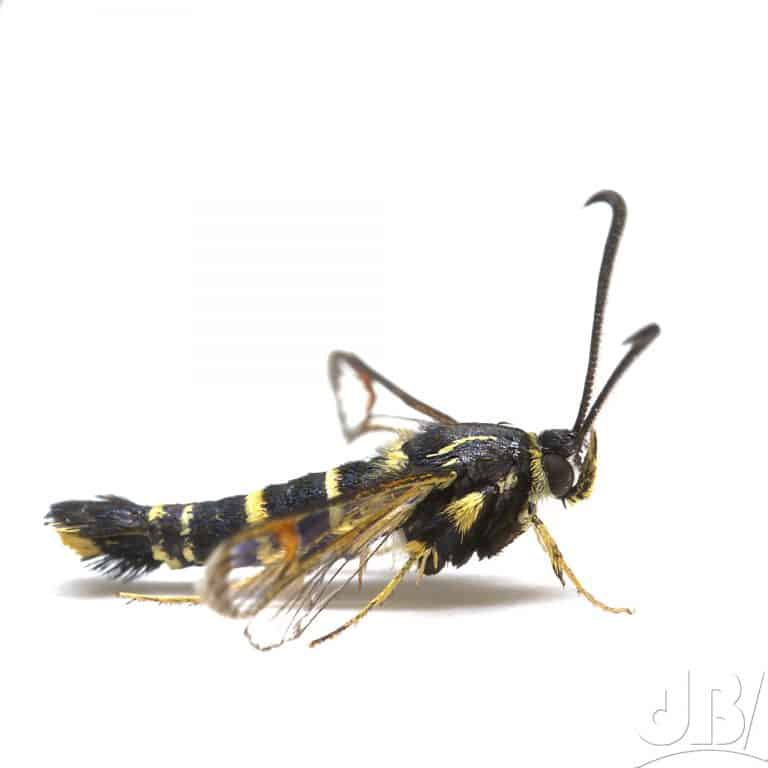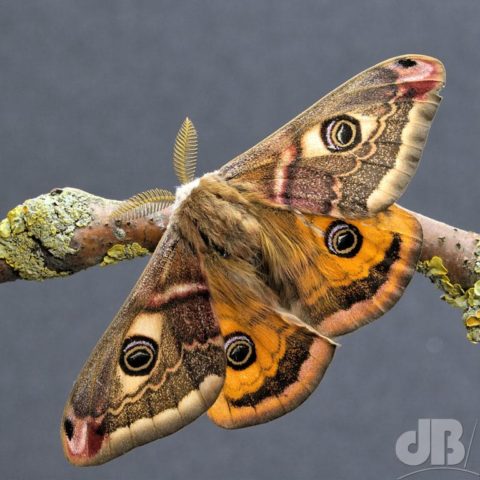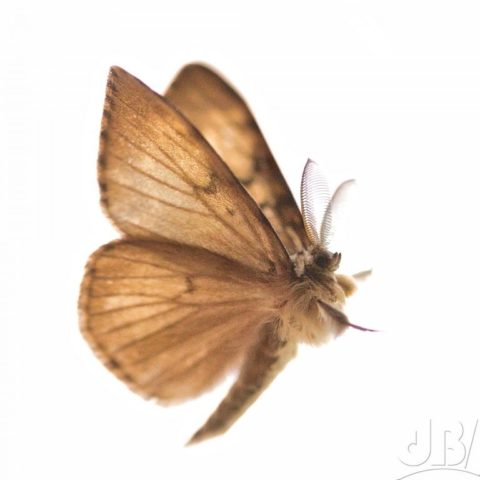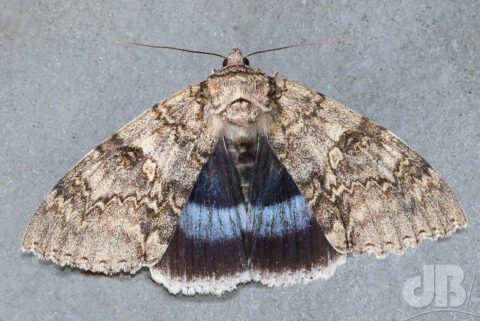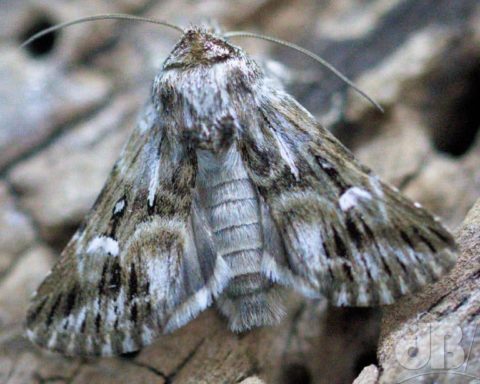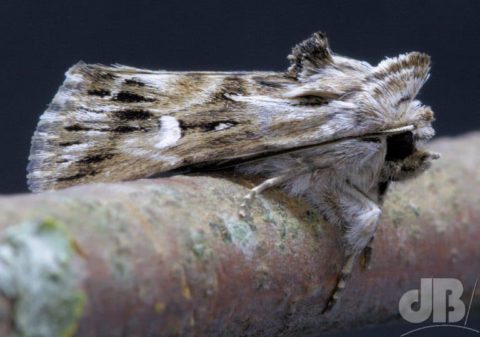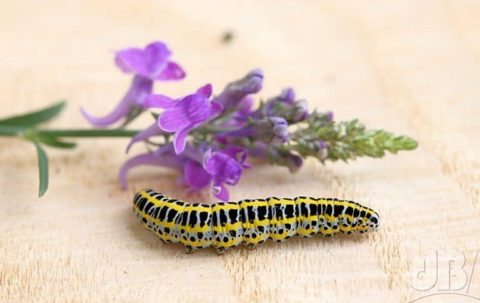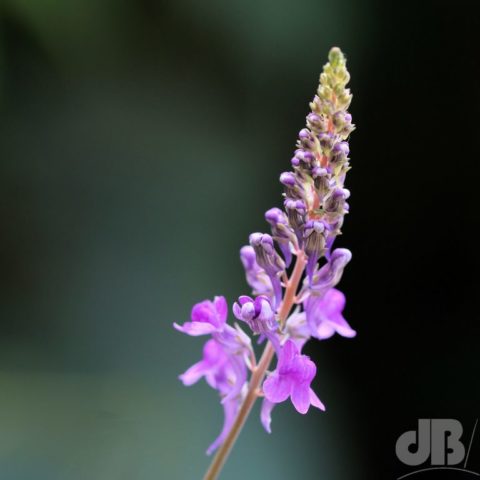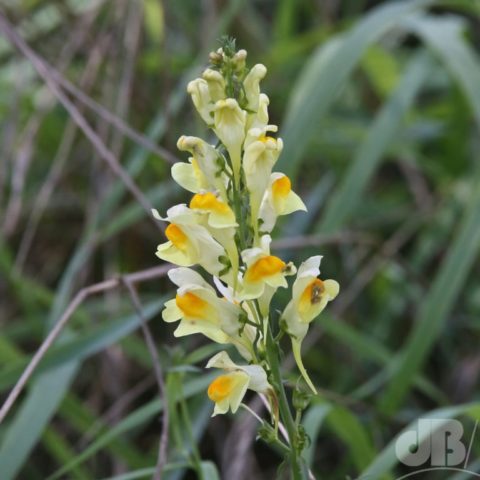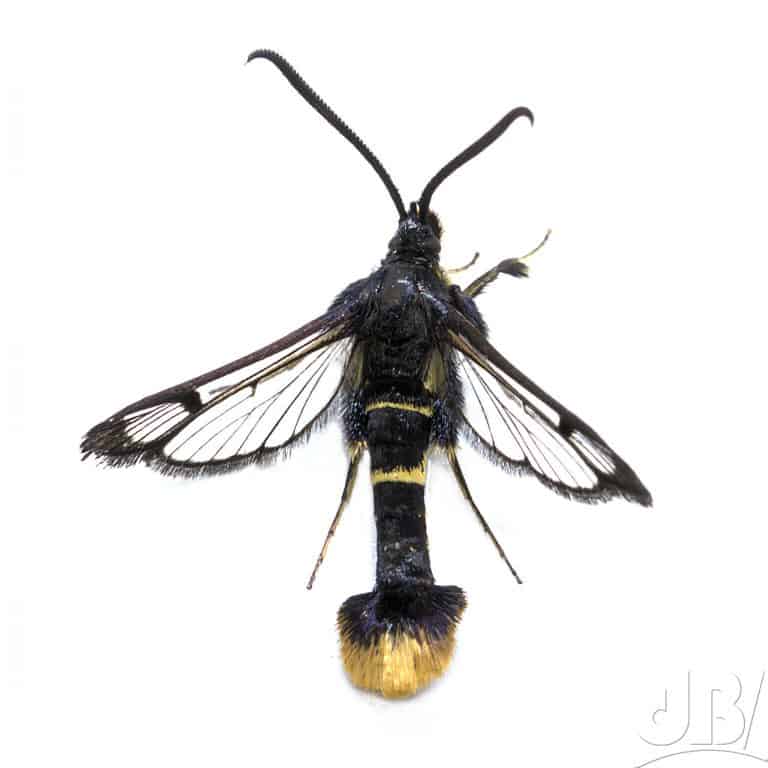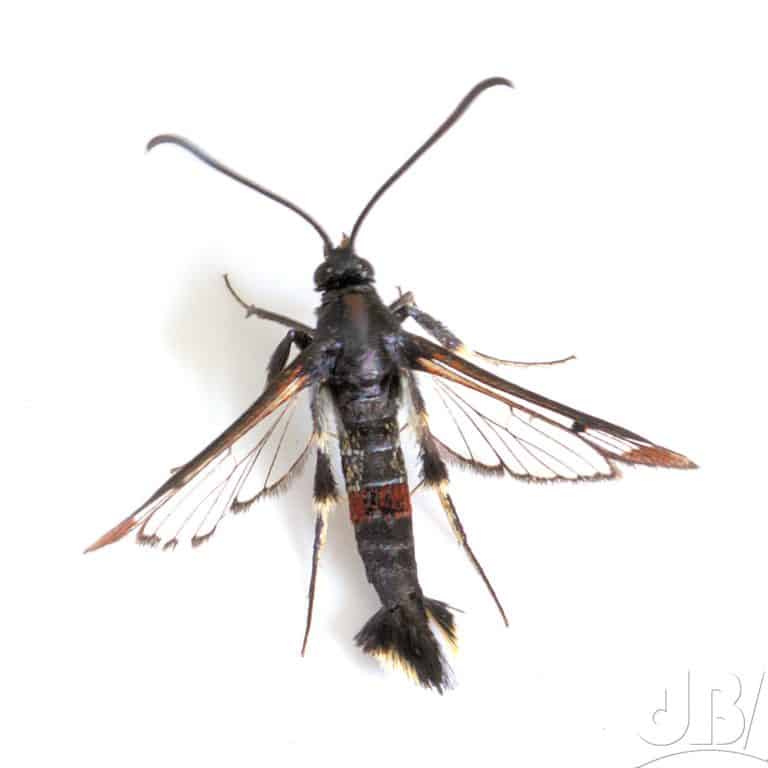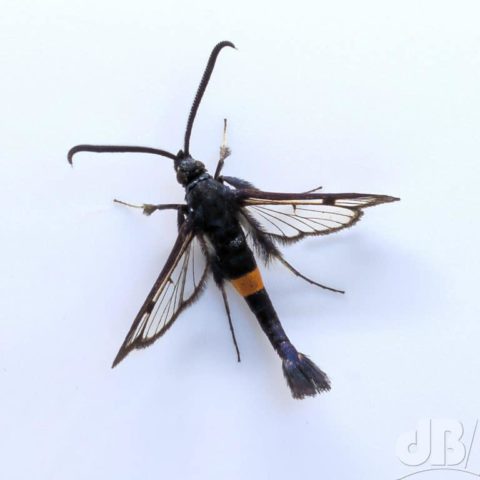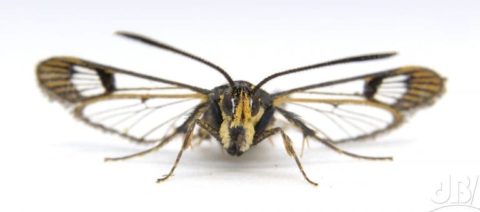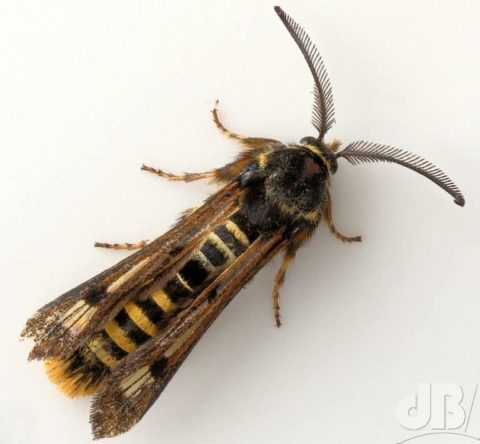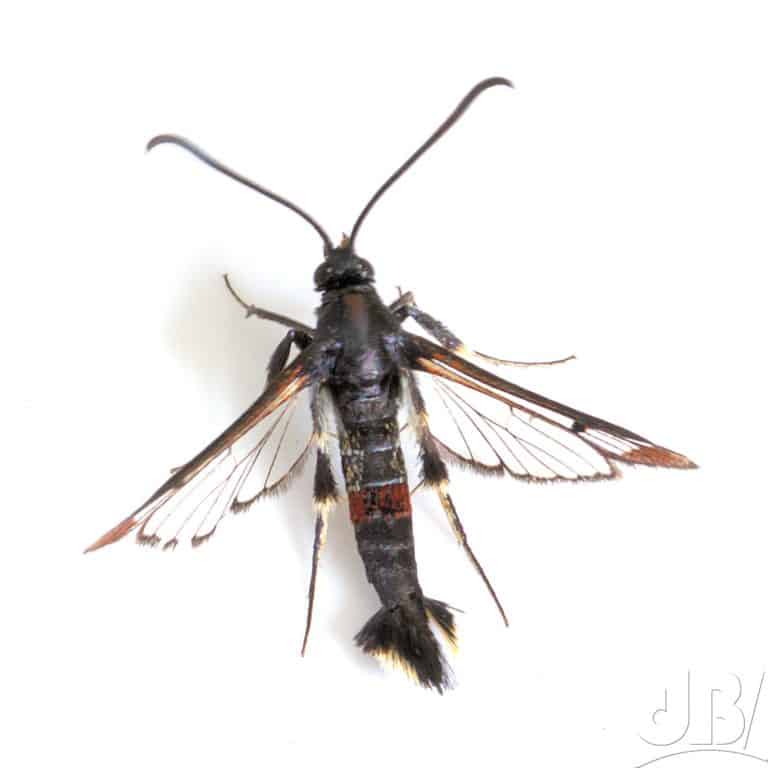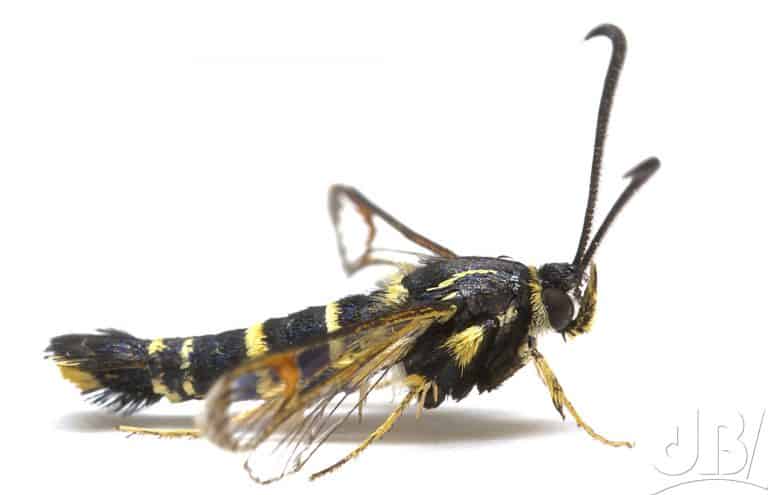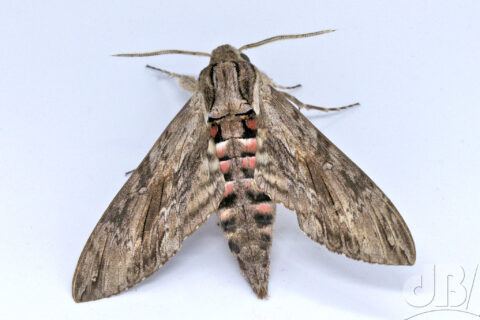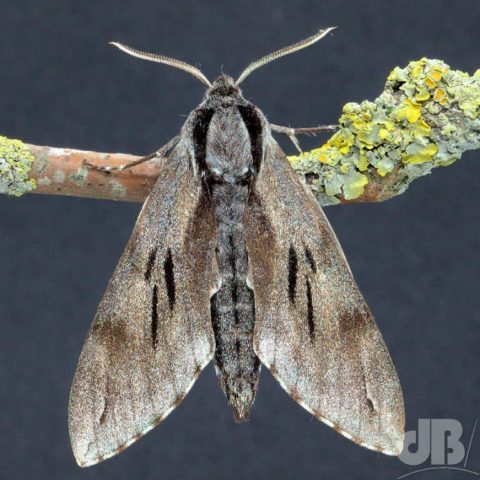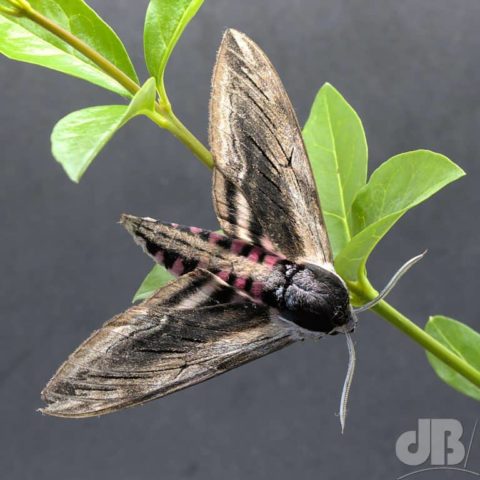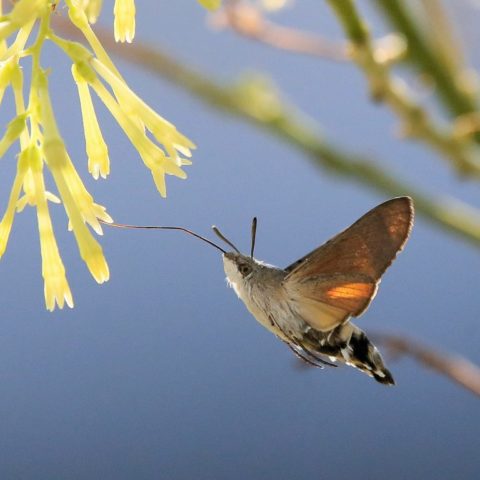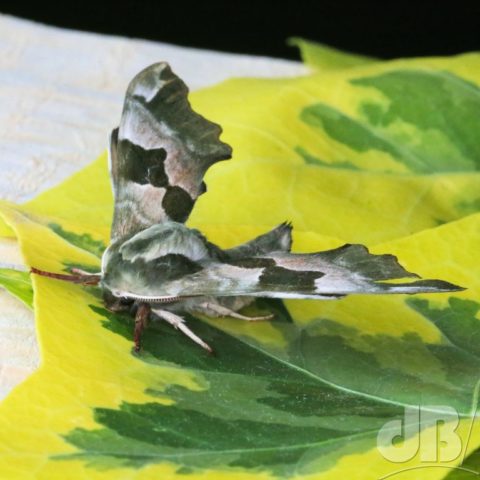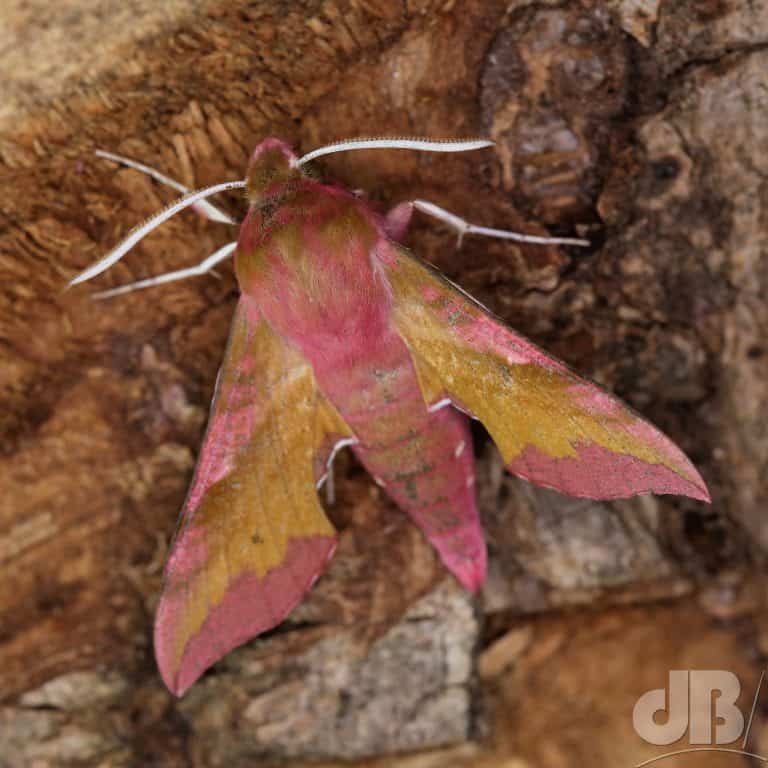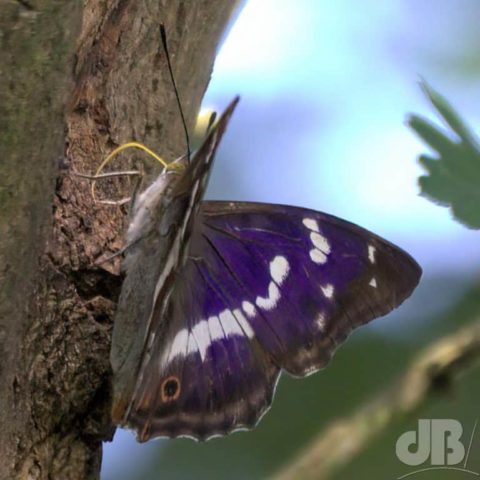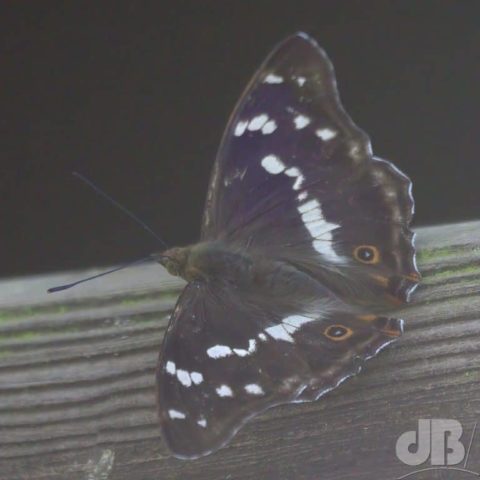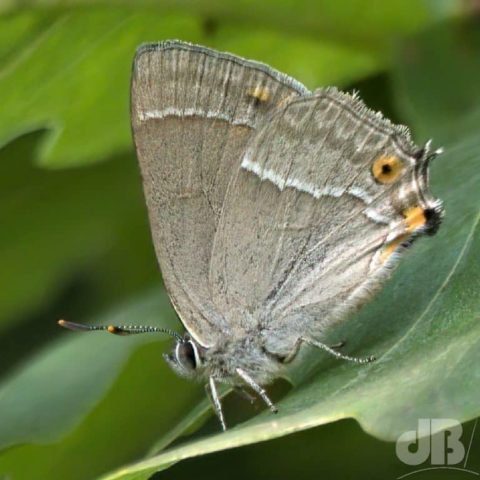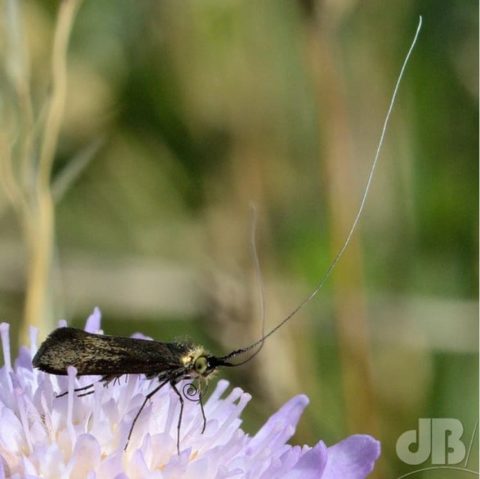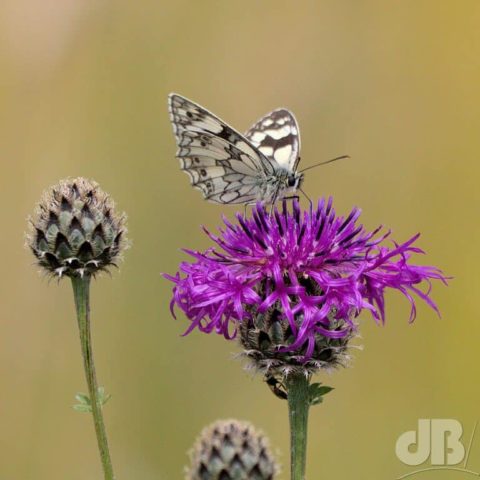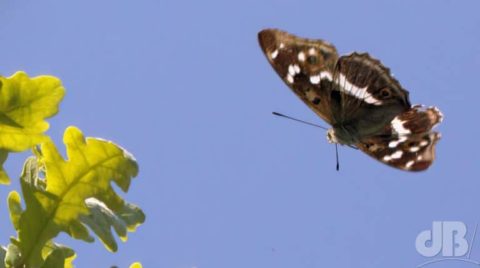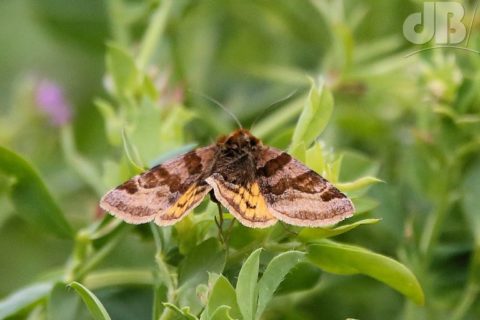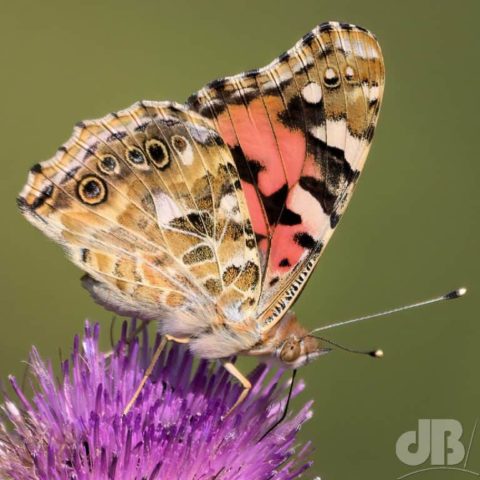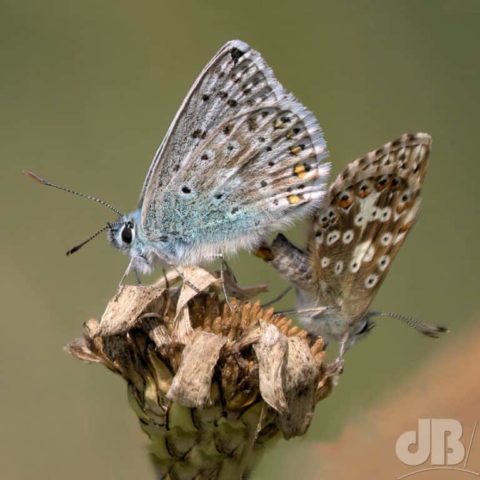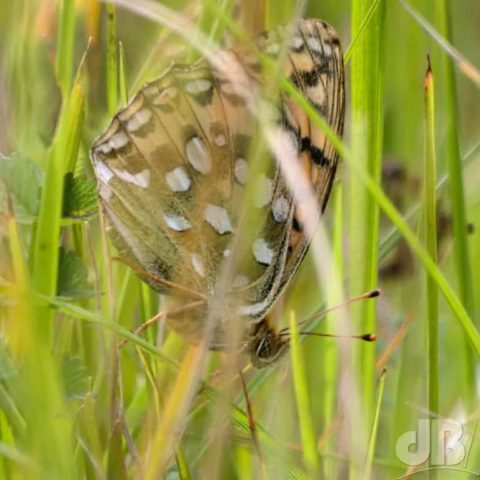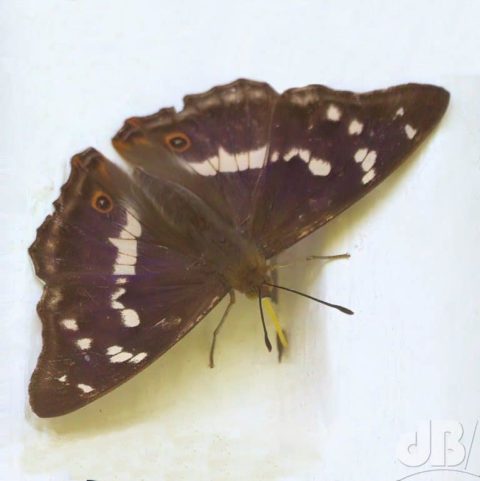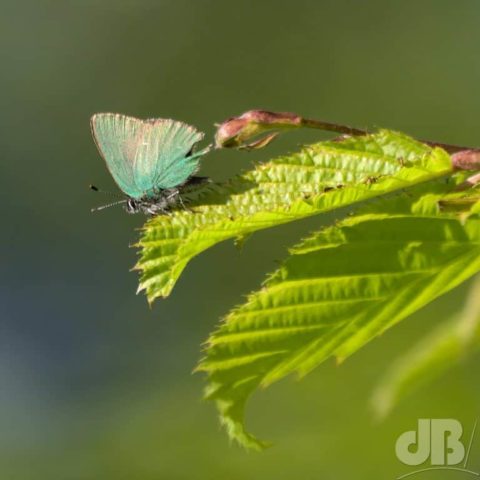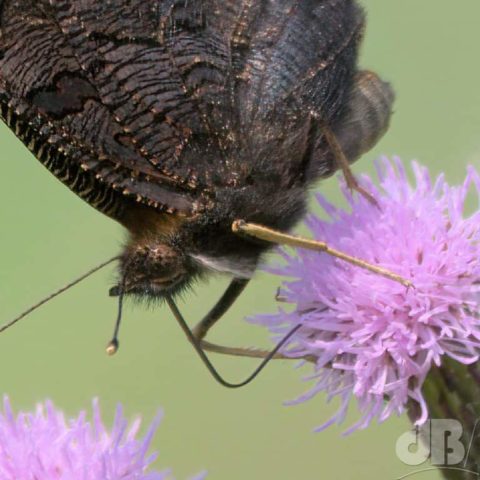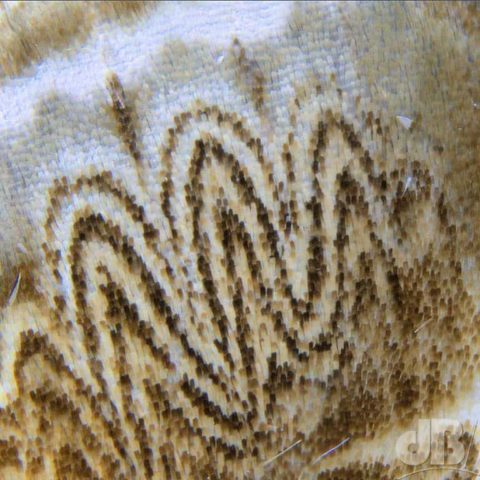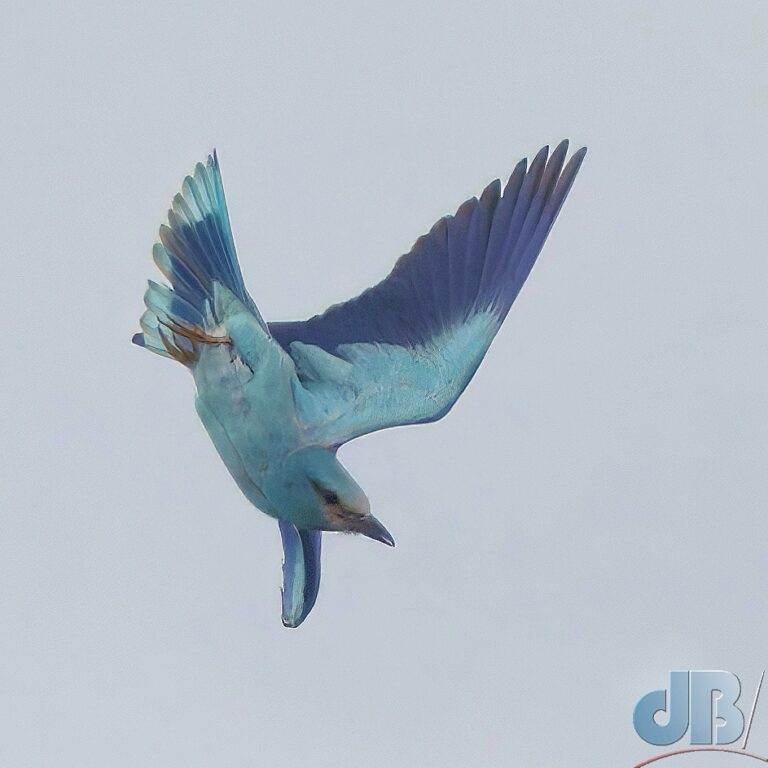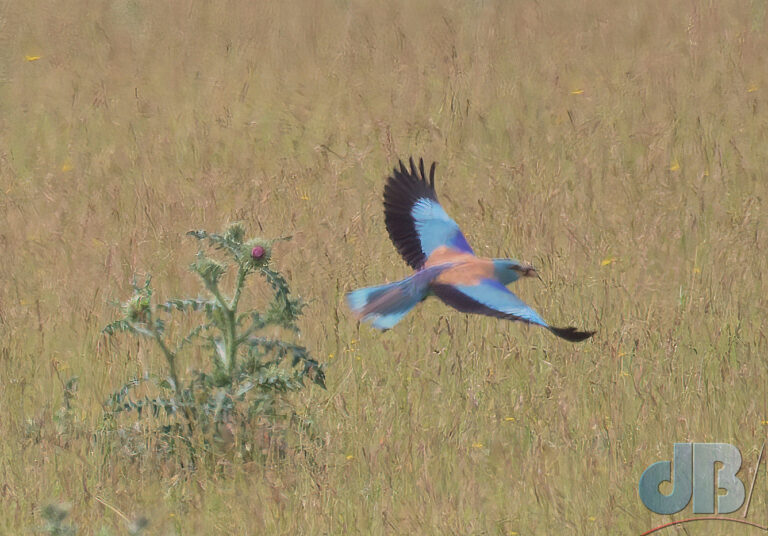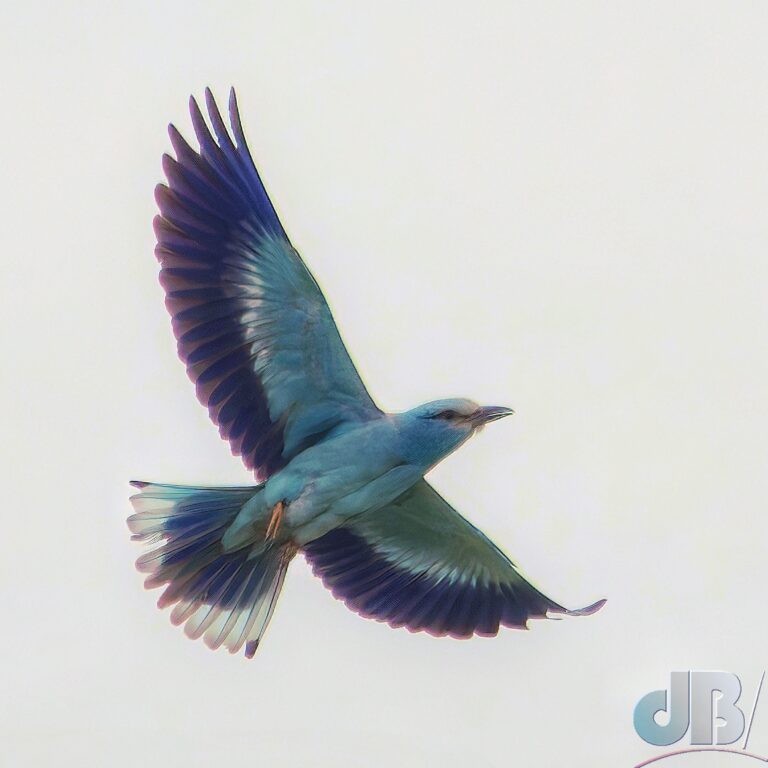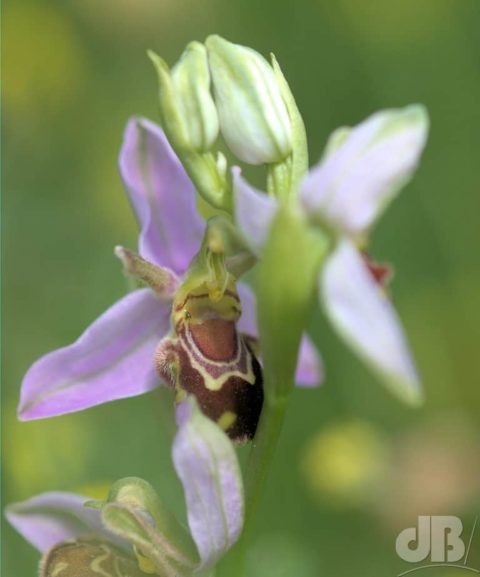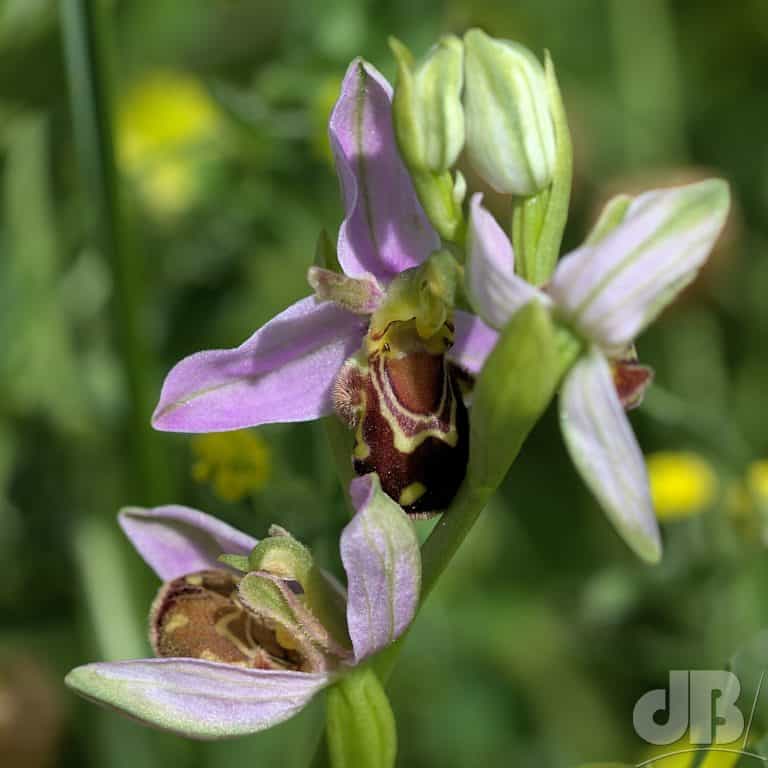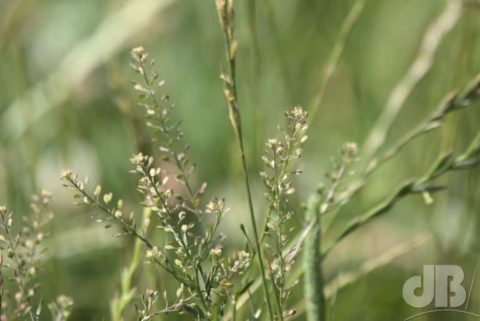I have been mothing in earnest since the summer of 2018 and have seen and photographed almost 400 species in that time. It feels like a lot, but there are some 1800 or so species we might see in The British Isles, although not all of them will be present in a Cambridgeshire garden.
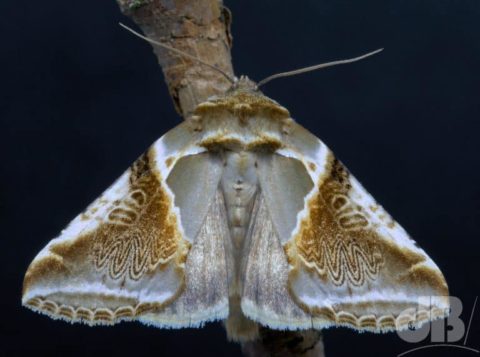
I keep a detailed record of what I see and report into the County Moth Recorder at the end of the season. Usually, there are a few new species to add to the growing list each year. 2021 does not feel like the numbers nor diversity have been as high as they were in the previous three seasons, but I have noted several new and interesting species attracted to the actinic light of the scientific moth trap and to pheromone lures (previously, I used a lure for the Emperor moth, but this year, bought a set of lures for Clearwing moths and the Hornet moth, and was successful with several of those species.
-
-
- Agonopterix purpurea (Haworth, 1811) (MYO lure)
- Argyresthia curvella (Linnaeus, 1761)
- Yellow Belle (Aspitates ochrearia, Rossi, 1794)
- Toadflax Brocade (Calophasia lunula, Hufnagel, 1766)
- Brown Silver-line (Petrophora chlorosata, Scopoli, 1763)
- Yellow Oak Button (Aleimma loeflingiana, Linnaeus, 1758)
- Currant Clearwing (Synanthedon tipuliformis, Clerck, 1759)
- Orange-tailed Clearwing (Synanthedon andrenaeformis)
- Raspberry Clearwing (Pennisetia hylaeiformis, Laspeyres, 1801)
- Red-belted Clearwing (Synanthedon myopaeformis, Borkhausen, 1789)
- Red-tipped Clearwing (Synanthedon formicaeformis, Esper, 1782)
- Yellow-legged Clearwing (Synanthedon vespiformis, Linnaeus, 1761)
- Downland Conch (Aethes tesserana, Denis & Schiffermüller, 1775)
- Buff Cosmet (Mompha ochraceella, Curtis, 1839)
- Ephestia sp.
- Four-dotted Footman (Cybosia mesomella) – Monk’s Wood
- Helcystogramma rufescens (Haworth, 1828)
- Rosy-striped Knot-horn (Oncocera semirubella) – Cherry Hinton
- Leek Moth (Acrolepiopsis assectella, Zeller, 1839)
- White-backed Marble (Hedya salicella, Linnaeus, 1758)
- Dewick’s Plusia (Macdunnoughia confusa, Stephens, 1850)
- Mottled Pug (Eupithecia exiguata, Hübner, 1813)
- Plain Pug (Eupithecia simpliciata, Haworth, 1809)
- The Satellite (Eupsilia transversa, Hufnagel, 1766)
- Scarce Silver-lines (Bena bicolorana, Fuessly, 1775)
- Buttoned Snout (Hypena rostralis, Linnaeus, 1758)
- Grey Tortrix (Cnephasia stephensiana, Doubleday,[1849)
- Dark Umber (Philereme transversata, Hufnagel, 1767)
- Tawny-barred Angle (Macaria liturata, Clerck, 1759)
- Small Square-spot (Diarsia rubi, Vieweg, 1790)
-
